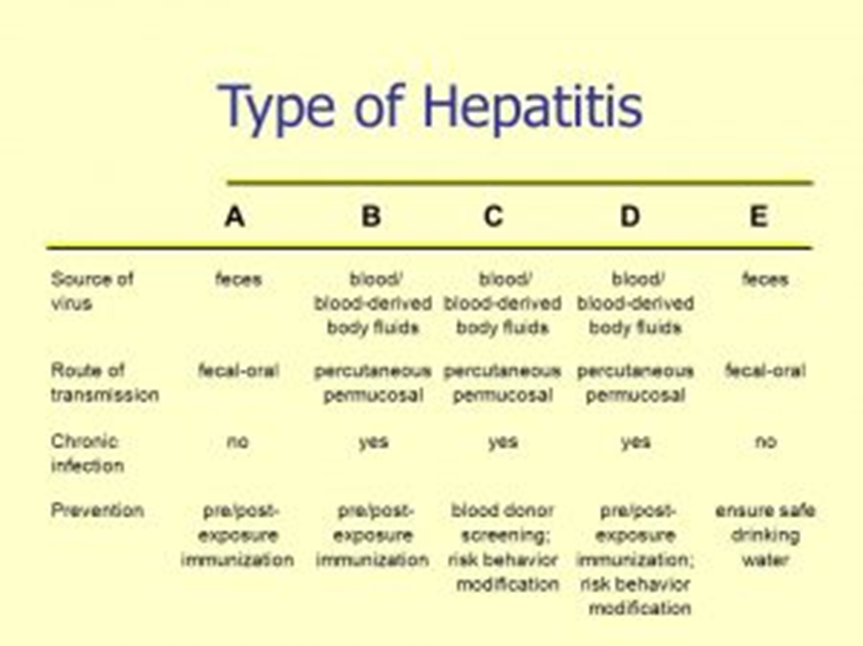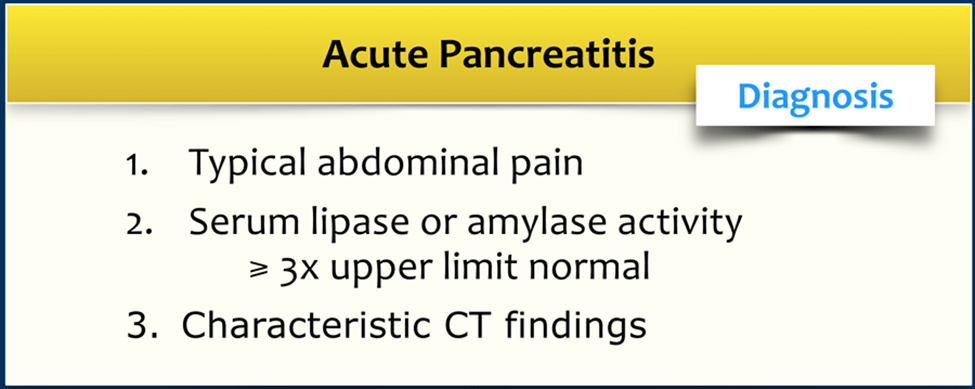A nurse is teaching a client diagnosed with hepatitis A about preventing transmission of the virus. Which of the following strategies should the nurse include in the teaching?
Avoid eating at fast food restaurants.
Avoid serving raw foods.
Wear barrier protection during vaginal intercourse,
Practice effective hand hygiene.
The Correct Answer is D
A. Avoiding eating at fast food restaurants is not a specific preventive measure for hepatitis A transmission. The primary mode of transmission for hepatitis A is through the fecal-oral route, often due to contaminated food or water.
B. Avoiding serving raw foods is a reasonable precaution as raw or undercooked shellfish and contaminated fruits and vegetables can be a source of hepatitis A transmission. However, practicing effective hand hygiene is a more general and fundamental preventive measure.
C. Wearing barrier protection during vaginal intercourse is not directly related to the prevention of hepatitis A. Hepatitis A is primarily transmitted through the fecal-oral route, and sexual transmission is not a common mode for this virus.
D. Practicing effective hand hygiene is a key strategy for preventing the transmission of hepatitis A. Proper handwashing with soap and water, especially after using the bathroom and before handling food, can help reduce the risk of contamination and transmission of the virus.

Nursing Test Bank
Naxlex Comprehensive Predictor Exams
Related Questions
Correct Answer is ["A","B","D","E"]
Explanation
A. Is used to replace fluid loss.
Isotonic solutions, such as normal saline (0.9% NaCl) and lactated Ringer's solution, are used to replace fluid loss in situations such as dehydration, surgery, trauma, or other conditions where there is a need for fluid resuscitation.
B. Usually do not provide calories.
Isotonic solutions typically do not contain calories. They are designed primarily for fluid replacement and do not contribute to the nutritional needs of the patient.
C. Does not expand intravascular volume.
This statement is incorrect. Isotonic solutions are used to expand intravascular volume. When infused into the bloodstream, isotonic solutions help restore and maintain adequate blood volume. They do not cause significant shifts of fluids between compartments.
D. Mostly do not provide free water.
Isotonic solutions generally do not provide free water. They have the same osmolality as body fluids, meaning that they do not cause a net movement of water into or out of cells, and they maintain the osmotic balance.
E. Has the same osmolality as body fluids.
Isotonic solutions have the same osmolality as body fluids, which means they do not cause a net movement of water into or out of cells. This characteristic makes them suitable for situations where there is a need to expand intravascular volume without causing significant shifts in fluid compartments.
Correct Answer is C
Explanation
A. Calcium:
While calcium levels can be affected in pancreatitis, it is more commonly associated with a decrease in calcium levels due to fat necrosis and the formation of calcium soaps. However, the primary electrolyte disturbance is more likely to involve magnesium.
B. Magnesium:
Magnesium levels may be decreased in acute pancreatitis due to factors such as vomiting, malabsorption, and poor oral intake. Hypomagnesemia is a possible consequence, but it's not as specific to pancreatitis as the elevation of amylase.
C. Amylase:
Elevated amylase levels are a hallmark of acute pancreatitis. Amylase is an enzyme released by the pancreas, and its elevation in the blood is a key diagnostic marker for pancreatitis.
D. RBC count:
Acute pancreatitis does not typically result in a significant impact on the red blood cell (RBC) count. The elevation of amylase and lipase levels, along with imaging studies, is more indicative of pancreatitis.

Whether you are a student looking to ace your exams or a practicing nurse seeking to enhance your expertise , our nursing education contents will empower you with the confidence and competence to make a difference in the lives of patients and become a respected leader in the healthcare field.
Visit Naxlex, invest in your future and unlock endless possibilities with our unparalleled nursing education contents today
Report Wrong Answer on the Current Question
Do you disagree with the answer? If yes, what is your expected answer? Explain.
Kindly be descriptive with the issue you are facing.
